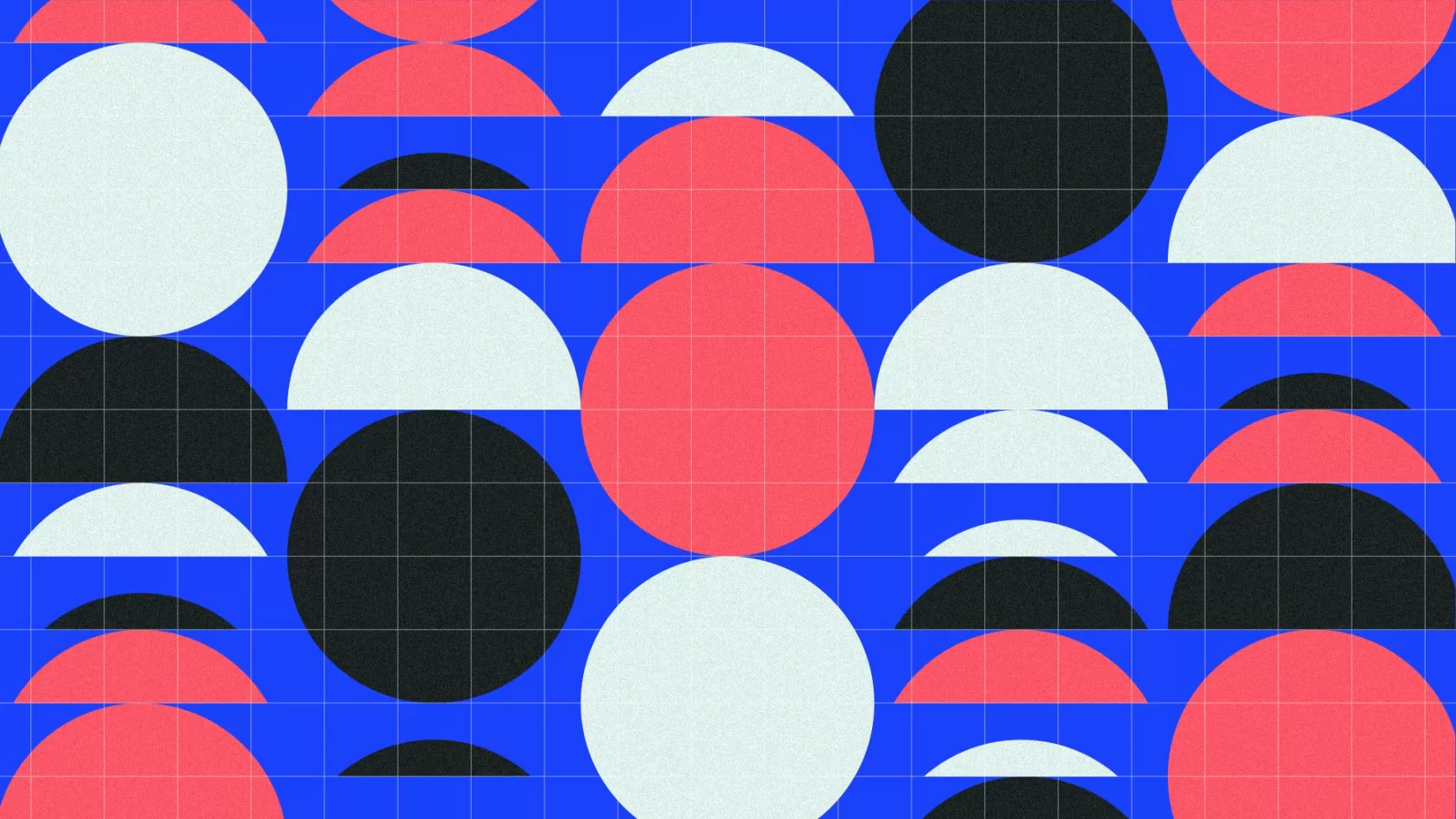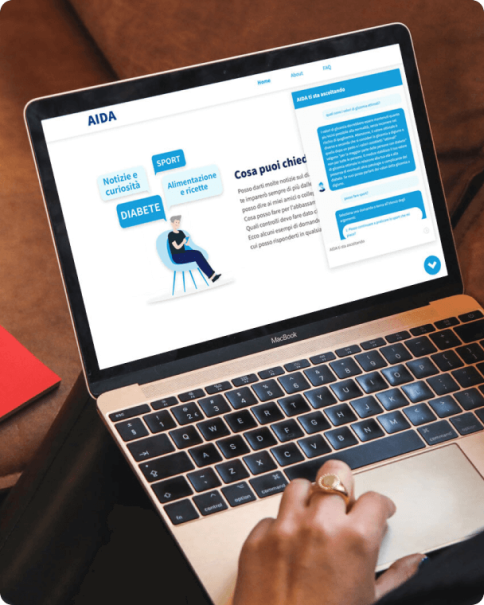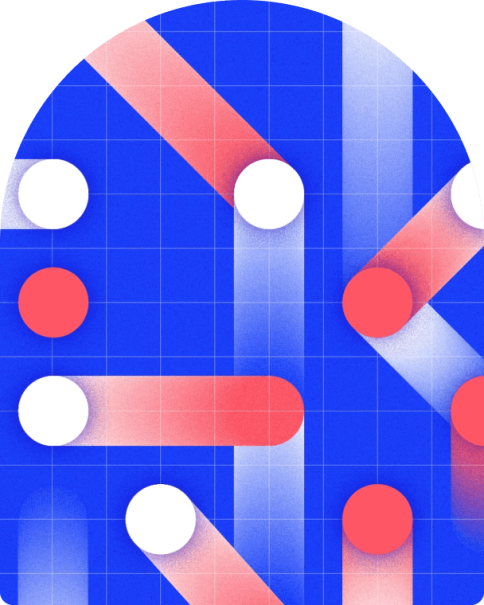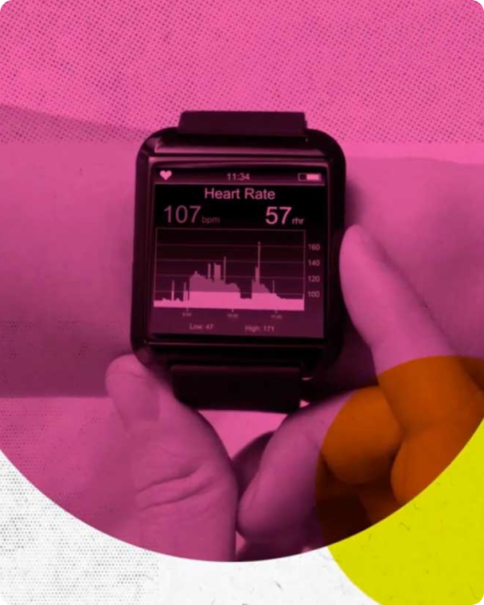Strategic design: building opportunities and trust in the future

Christian Schneider
Partner
Ventures, products, and services
2024

Change and economic challenges as drivers to unveil solutions and opportunities with scalable strategic initiatives in any given circumstances.
Economic crises typically cause companies to reduce their investments in innovation as returns are considered to be uncertain or with a long-term goal. Strategic Design is a way to address aspects that impact organizations in any given situation, unveiling opportunities also in new or changing circumstances. They are translated into projects however small or immediate they must be, that can work as plug-ins to initialize evolutionary change processes.
The Trouble
Innovation capital is less available in this period of economic decline, high inflation, and interest rates. Budgets get hit, and innovation initiatives slow down or turn to standby. Budget owners tend to give tickets to big consulting firms that engage subcontractors. This means that smaller innovation steps are dependent on greater efforts which appear as too big to be addressed in periods of uncertainty.
The Energy crisis aggravated by the war in Ukraine has increased costs for energy-reliant industries in particular in Europe, impacting also their suppliers. This will be solved with the production and distribution of renewable energy sources, processes that must speed up as they had been neglected in the past. This massive challenge coincides with an aging population in Western countries causing the imminent need to integrate the missing workforce.
Psychological factors resulting from the continuous intertwining of various crises augmenting each other, nurture nostalgia of past comforts and therefore resistance to change. We are addressing social crises, polarizations, and radicalizations, as we search for simplistic answers to complex questions. This reflects the worst effect of any economic crisis: the loss of trust in the future. However, trust can be re-established through innovations that demonstrate new directions for sustainable growth opportunities.

The Opportunity
Address these challenges with innovation strategies and change processes that are tangible for stakeholders and wider audiences, visualize paths for implementation, predict impact based on insights that relate to real and felt circumstances — show opportunities that can be assimilated, evaluated, and take people, employees and customers, with them.
Strategic Design has been evolving over the past decades with the human-centric design approach and increased its areas of application which span any imaginable field: products, services, and organizations; designing interactions, processes, and systems, for any sort and size of organizations. The systemic approach of Strategic Design unveils and models complex interactions amongst components that comprise a system and designs a path to implementation with effective use of available resources.
A good strategy is not necessarily one that results from big investments, and great innovations are born in times of great need. Innovation enables growth and recessions can act as innovation accelerators for those who are able to take it as an opportunity. To say it with the words of Winston Churchill: “Never let a good crisis go to waste.”
Strategic Design Plug-in
A Strategic Design intervention aims to address a greater goal than the design project itself. We look beyond the project, see how it relates to an overall system, visualize the potential in related fields, and show paths to scale it up. It will align with the overall purpose of a company, and it can be used to test how to integrate and evolve change processes. We can plug in an organization from any corner, any area, leadership or mid-level, product, service, or management related. For a manager in a specific area, this means shedding light on the own area but also impacting connected areas or even the overall strategy of the organization. Our projects can work as plug-ins to start change processes. No project is too small to initiate a change process, and no system is too big to be changed.
We lay out the potential impacts of the various contents and functions this project can initialize, looking at any project from a multitude of perspectives. To be successful at this work, in-house or consulting teams need a series of disciplines from 3D tech, business-, service-, organizational-, to content- design, all savvy in Strategic Design. It is a transversal discipline evolving very fast, in terms of approach, techniques, and areas for intervention, which adds to a solid practice experience in the design process.
Throughout Design history it has become evident that design interventions on products can have a profound impact on related services, providing opportunities for marketing and sales strategies. In the same way, interactive technologies such as VR/AR for product personalization enhance customer experiences and engage new retail concepts, 3D development processes speed up collaboration improving the sustainability of supply chains.
Applying principles of accessibility in web and interaction design projects can be a precedent to introduce Diversity, Equity, and Inclusion (DEI) principles within an organization, new app services can provide tangible support to customers facing challenges such as rising energy costs and initiate a stronger focus on ESG initiatives across corporations.
The Strategic Design of cross-functional initiatives can significantly impact holistic organizational growth. A specific up-skilling program can serve as a precedent for continuous learning and development, to enhance the skills of individual employees but also to create a culture of adaptability and improvement across various departments. A Corporate Social Responsibility (CSR) project can be designed to include various disciplines within the organization. This not only aligns with the company’s values but also introduces new priorities. By involving employees from different departments, a CSR initiative can create a sense of shared purpose and foster collaboration among individuals who might not typically work together. An HR career event can be an opportunity to identify and place in-house innovation competence across different sections to build an interrelated entity where innovative ideas and practices can be shared and implemented across the organization. Organizing and defining collaborations even with external teams and potential partners for specific projects can unveil synergies, initiate ecosystem integrations, and open new growth opportunities.
Strategic Design Leadership
Maybe the most significant quality of Strategic Design is that we do not use a one-size-fits-all approach but take each project as new. We don’t generalize with experience but use experience as a spectrum to individuate unique company-specific solutions that will help them to better fit in and to stand out in current situations. Information and knowledge, critiques, and solutions can frequently be found in organizations already, but without the capacity to bring them to light in safe spaces and translate insights into scalable and measurable strategies, they remain a hidden potential.
Can you draw a diagram that visualizes how information and communication flow in your organization? Would you be able to show how decision-making processes work based on this diagram? Creating and visualizing such a company-specific diagram is one of the first steps to start working on improvements, making sure that values, needs, and expectations unveiled in the design research will be implemented following a strategic plan.
We create roadmaps that allow all stakeholders to see their parts and how they relate to other parts, showing the rhythm and interaction of all aspects and functions of innovation processes. We define when to assess which functions to see if they satisfy the expectations, predict potential risks, and envision exit strategies. We create a Development Matrix, define a spectrum of qualities to evaluate the performance of a new project, and design tools to assess the performance. We are not re-inventing the wheel of Strategy Development but placing a value-based, human-centric, and visual approach, bringing together all areas that are crucial for implementation.
Allow new tools for a change: considering the urgency and complexity of current circumstances that impact our economic systems, a quadrant from 1960 is not a valid planning tool for any corporation. The limitations of the SWOT analysis have been highlighted for decades and today we should question its adaptability and effectiveness in addressing current organizational and economic challenges. Alternatives such as SOAR, PESTLE, or NOISE seem unfit for generalization. The solution for any corporation is to design its own, company-specific planning frameworks.
Whilst culture cannot be designed and perceived as healthy or not, it stands for a well-aligned group with its own dynamics, not always at ease with new interpretations and perspectives, and, at times slow to adapt to new situations. Strategic Design aims to create minimal frameworks that serve as orientation but allow leeway and space for the new. In a period of mergers and acquisitions, we learn that they can be effective if they form together an overall Strategy that connects diverse and complementary competencies and experiences.
How can we monitor progress if we need to adapt to new situations that take away the comfort of managing continuous growth? The inherent structure of OKRs and KPIs creates pressure to meet predetermined goals, which might compromise taking risks, adapting new strategies, and ultimately hinder growth. They can impede proactive decision-making to address emerging challenges and opportunities.
As we integrate AI in data strategies to bring together and analyze information on markets and customers, we can use data and AI to better align internal processes, define action-oriented goals, and individuate needed improvements that work towards the organization’s strategic objectives and financial goals. AI-powered systems can assist in identifying patterns and trends of evolving circumstances, providing insight for more agile and responsive evaluation processes. They can complete current metrics for performance assessments by incorporating predictive modeling to foresee future trends based on automated data collection from various sources, allowing also for a more comprehensive and systemic KPI monitoring.
We must design processes and data collection tools that ensure that the interpretation of data is contextually relevant and ethically sustainable. AI can only use the data it gets. It is we humans who define ambitions, provide the input, and therefore control what we share, for instance, what we get evaluated on. We can design tools that collect input in a human-centric, individual way, such as diaries, boards, self-made recordings, and many others. Natural Language Processing and machine learning techniques help us to understand the context, sentiment, and semantics to extract valuable information from unstructured data sources. We should responsibly design unconventional tools for unconventional times.
The digitalization of organizations and their services remains a major construction site, alongside endless opportunities to strategize data and integrate AI. The related fear asks for a responsible and ethically correct approach. However, most studies mention that, besides the possible dangers of AI, the current fragility of democracy, inflation, and eco-anxiety related to climate change are the main stress factors causing a loss of trust in the future. There can’t be one big sustainability or inclusion project, but many small ones creating an evolutionary, living system. This overdue shift is not waiting for the all-solving one project, but for crossing the point where Sustainability and Integration will be considered and reflected in everything we do.
MAIZE, ESG Offering
Start small, but start change
Economic downturns and crises ask for greater reform to individuate and strategize potential solutions, focusing on parameters that impact markets, businesses, products, services, and maybe most importantly, organizational structures.
Strategic Design is not long-term wishful thinking but a way to combine goals with all related constraints and compromises, resources, and timing. Strategic Designers are translators: we connect what we find to form a system that is unique and company-specific. The design part consists of learning what drives a company, engaging people to share a piece of themselves, and finding common denominators and particularities. It is an effective way to keep investments low until opportunities can be unveiled, visualized, and evaluated.
There is no Strategic Design without data, and there is greater use of data with Strategic Design. We need data to see a whole picture that is not based on assumptions, and data needs an outlet to transform information into opportunity. Even if processed data describes a scenario completely and objectively, there can still be an underlying sentiment, a collective subconscious that bares the need for change: to remove obstacles and enable innovation processes. Strategic Design challenges quantitative information with qualitative insight to unveil opportunities.
The combination of Strategy and Design brings planning and change management closer to people. It allows for spontaneous identification and easy access, it creates enthusiasm, and it can therefore bring back hope and trust in the future.











